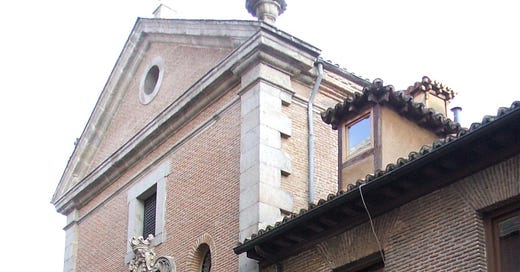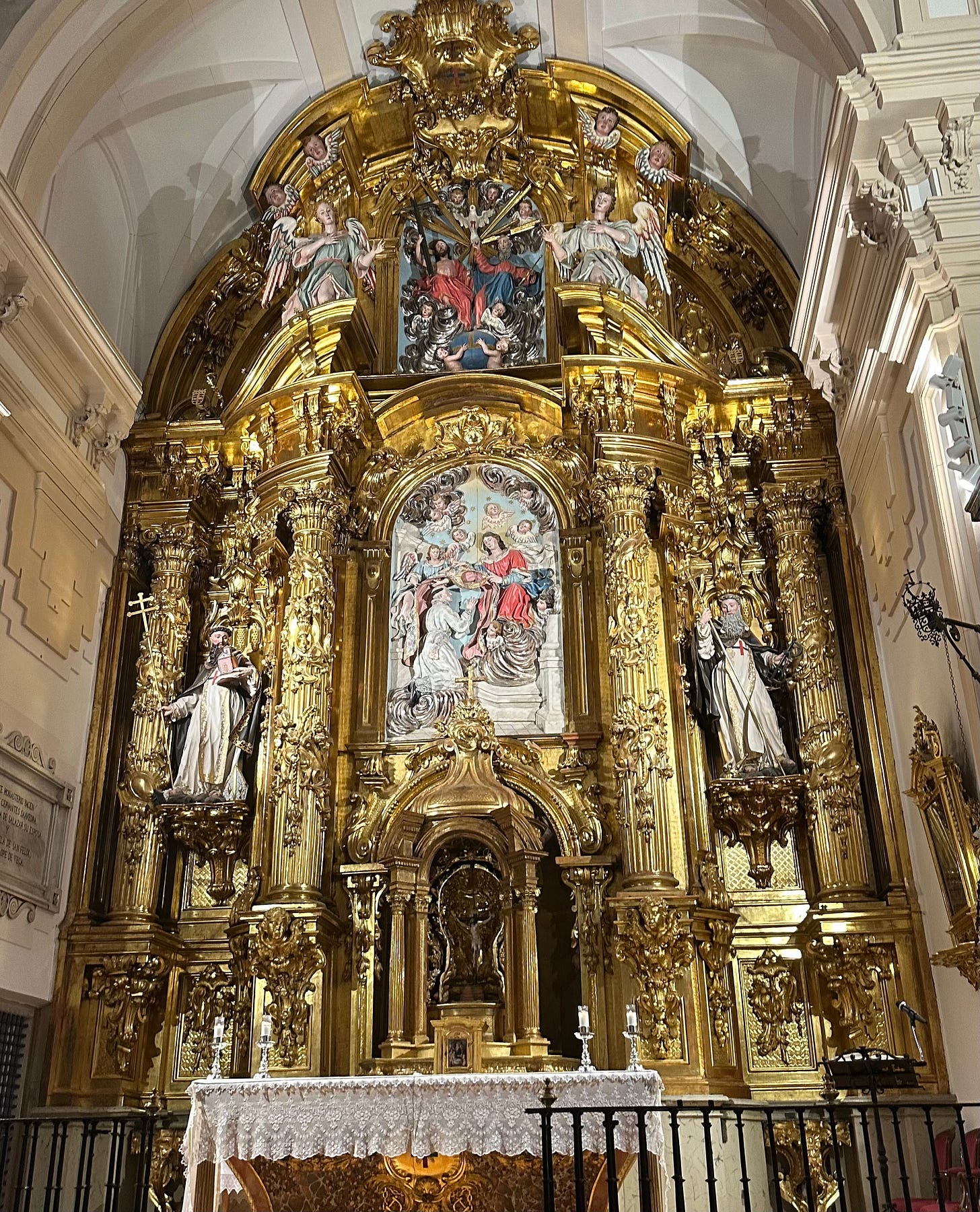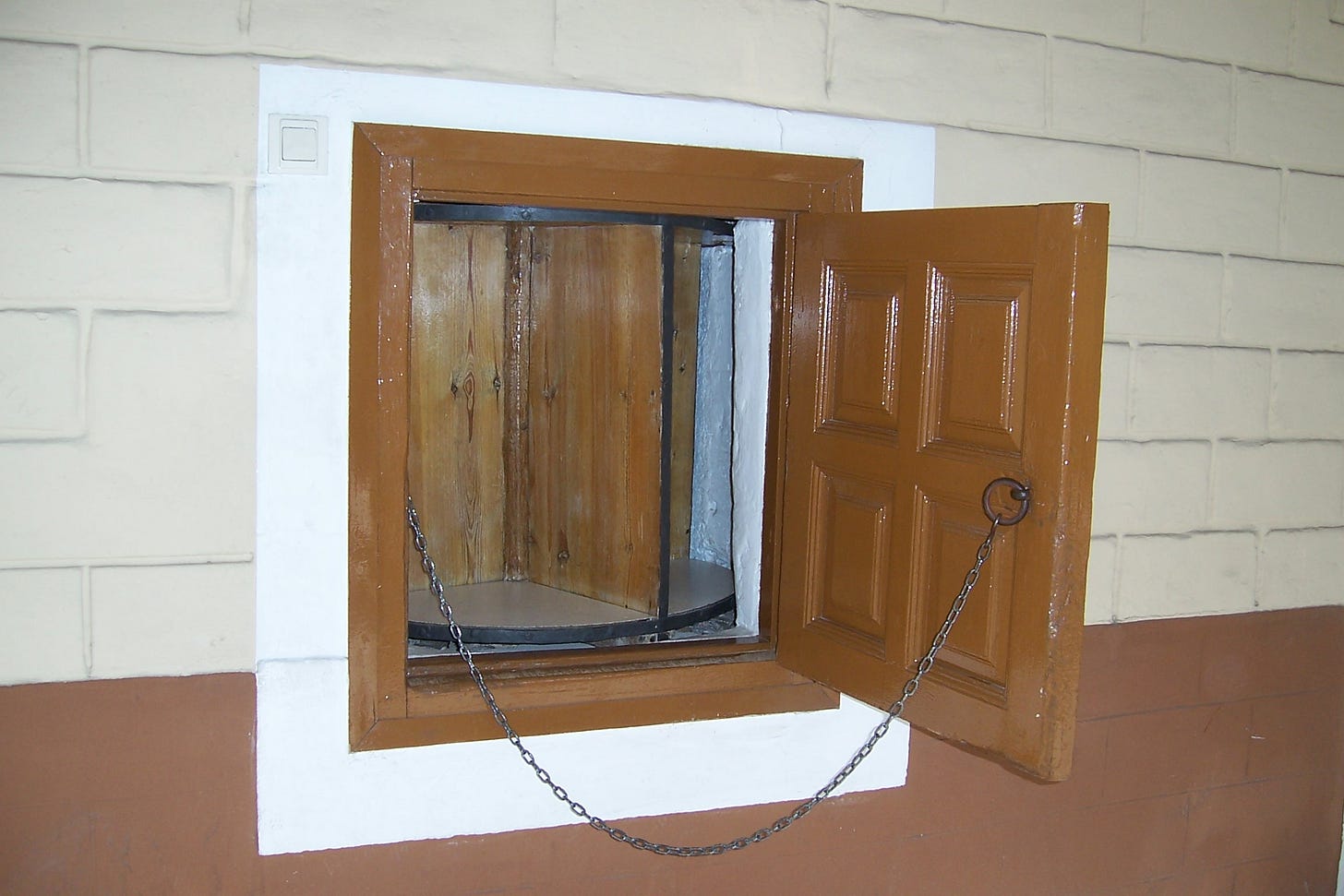Last week, President Trump notoriously tried to divert a reporter’s question about the Jeffrey Epstein scandal by saying, “Are you still talking about Jeffrey Epstein? This guy’s been talked about for years.”
Yes, Mr. President, we are.
Elon Musk summarized this disgrace well: “This is a very big deal. What the hell kind of system are we living in if thousands of kids were abused, the government has videos of the abusers, and yet none of the abusers are even facing charges!?”
Beyond this, it is extremely distressing that the president and attorney general of the most militarily powerful country in the history of the world can so bold-facedly divert, deceive, and lie to the citizens who put them in power. Mr. Trump controls an arsenal of weaponry that can destroy the world many times over. Deceit has no boundaries.
For me, a person who supported Trump, the cover-up of a massive ring of pedophilia, and possibly a CIA and/or Israeli-backed blackmail operation is a bridge too far.
Contemplating that monsters roam freely among us, without fear of reproach or retribution, was downright depressing. I was happy to be off to Spain.
And so it was last Sunday, here in Madrid, that I found the perfect antitoxin for Epstein and those who obscure his unfiltered evil. I was with angels.
I discovered the Convento de las Monjas Trinitarias Descalzas (Convent of the Discalced Trinitarian Nuns) five or six years back.
Located in the Barrio de Letras (the writer’s quarter), just a few blocks away from the Prado, on the Calle Lope de Vega, 18, I first came to this church to see Cervantes. For you see, it was in this convent that the remains of the great Spanish writer were found in 2015. Cervantes’ final wish was to be buried among the women who had paid his ransom, freeing him after five horrible years of captivity in Algiers.
The church is connected to a convent of cloistered nuns. They belong to the order of Trinitarians. The Trinitarians, formally known as the Order of the Most Holy Trinity and of the Captives (Latin: Ordo Sanctissimae Trinitatis et Captivorum; abbreviated OSsT), is a mendicant order of the Catholic Church founded just outside of Paris in the late 12th century. From the beginning, the order has had a special dedication to the mystery of the Holy Trinity; it has been the constitutive element of its life and mission.
The Order’s devotion to the Holy Trinity (God the Father, the Son, and the Holy Spirit) is on display in the cross that emblazons their pure white habits.
The white background symbolizes God the Father, the blue in the cross represents Jesus the Son, and the red for the Holy Spirit.
Their convent in Madrid is not a tourist attraction. To see the tomb of the man who is said to have written the first modern novel and the second most widely published book in history—only after the Bible—one has to attend mass. And so it is that I have come here a handful of times.
From the outside, the building appears modest, almost austere. Inside it is a marvel. First, just to the left of the entrance, one comes to the tomb of Cervantes.
The writer wrote his own epitaph. His words are magical.
"Time is short, anxieties grow, hopes diminish, and yet, through all of this, I live on, driven by the desire I have to keep living."
Then there is the interior of the church. The combination of its small-scale and glorious altar is almost perfectly harmonious.
Finally, and most impressively, are the nuns of the convent. Cloistered, during the daily mass they are unseen, behind a grilled screen to the left of the altar. While they cannot be seen, their presence is memorable. Their voices unify in song, creating heavenly sounds that fill the little church. What a gift it is to be with them.
But on this second Sunday in July, I experienced something different, something more remarkable than I had in my previous visits.
I came to the church with my dear Madrillena friend, Maria. Maria, a sort of angel herself, has befriended several of the sisters of the convent and had arranged for us to have ‘abrazos en distancia’ (hugs at a distance) with one of them, Sister Angelica.
These cloistered nuns live under the vows of poverty, solitude, and silence. When we arrived a few minutes before the mass, we were unsure as to how and where we would meet the sister. Several texts were exchanged, and finally the message came by WhatsApp, “Go to the torno.”
Maria and I looked at each other uncertainly; we both pointed to a small wooden portal located between the church and the convent building.
As we got to near to it, Maria whispered in Spanish, “We are here.”
The platform slowly turned, and a large, old key arrived before us.
We took the key and opened the imposing, adjacent wooden door. There, behind a metal grill, an angel sat. It was Sister Angelica.
The sister, originally from Peru and probably in her early thirties, was radiant. Her habit, adorned with its simple red and blue cross, was dazzlingly white, like the shade described in the Bible verse of the transfiguration…
After six days Jesus took with him Peter, James, and John, the brother of James, and led them up a high mountain by themselves. There he was transfigured before them. His face shone like the sun, and his clothes became as white as the light.
The young nun’s beautiful, natural smile and big brown eyes lit the small room. From behind the screen, she reached out. Our fingers met on one of the barrier’s metal bars. The abrazo en distancia was touching in every sense. I was so moved that I wanted to cry. The words Graham Greene once used to describe sanctity ran through my mind.
“There are some people who are so good that their existence convinces me that there is a God…”
After conversing back and forth for about twenty minutes, we all realized the mass was beginning; we said our goodbyes. Maria and I entered the church, and immediately we heard the sisters singing. I looked up to the choir loft, and behind its large metal grill, I saw the outlines of the figures of about ten sisters. They glowed in their bright white habits.
Maria and I took our seats, with what I counted to be about forty others. After forty-five minutes or so, the service ended.
Then, something unexpected and unforgettable happened. As we processed out of the church, several of the nuns moved to the front of the choir loft. From above, just behind the grill, they began to wave goodbye to the mass attendees. These were not gestures of sadness; they transmitted pure joy.
I was overcome. Tears streamed down my face. At that moment, I realized that in their seclusion and silence, these women had learned things that, despite all my travels and immersion in the world, I could never learn.
They are angels among us. Seeing them, hearing them, and feeling their holiness, the horror of the monsters receded.
I have visited Madrid countless times. It is a glorious city filled with famous museums and magnificent monuments; yet, I can assure you that there is no experience here more profound than attending the Sunday mass with the sisters of the Convento de las Monjas Trinitarias Descalzas.










Fabulous! Thank you. Beautiful post.